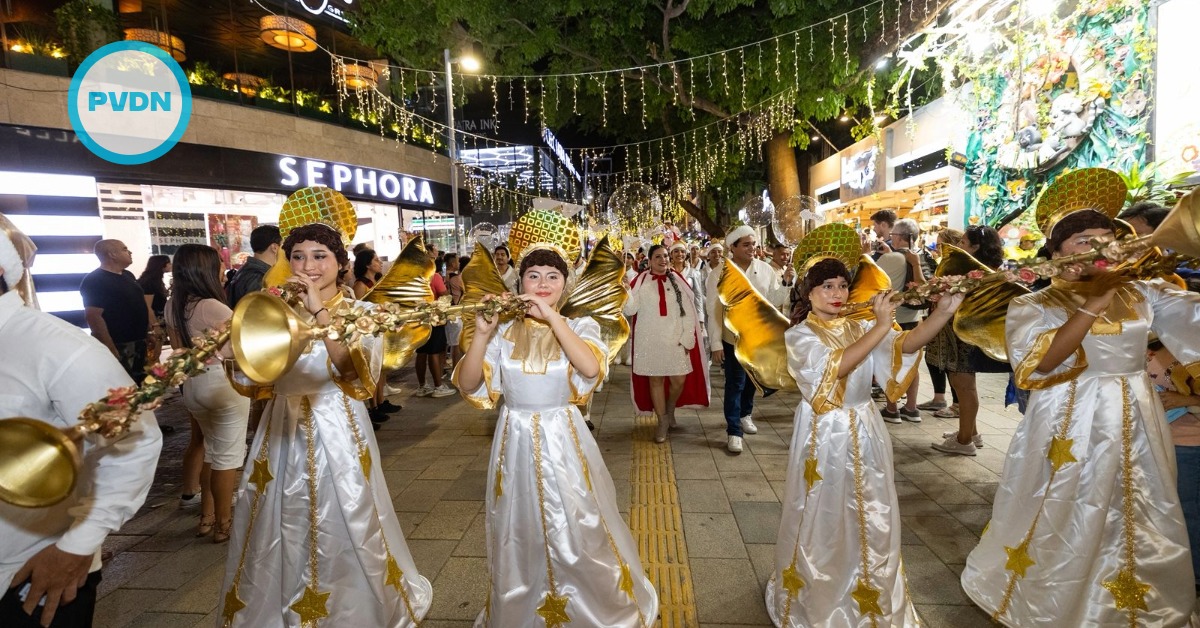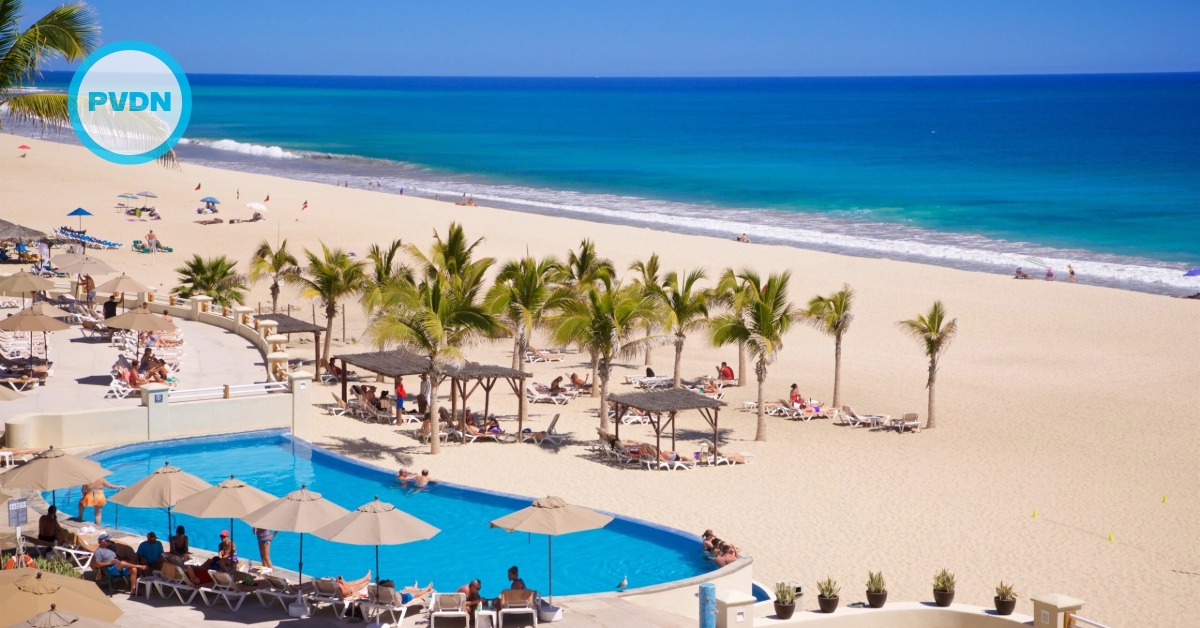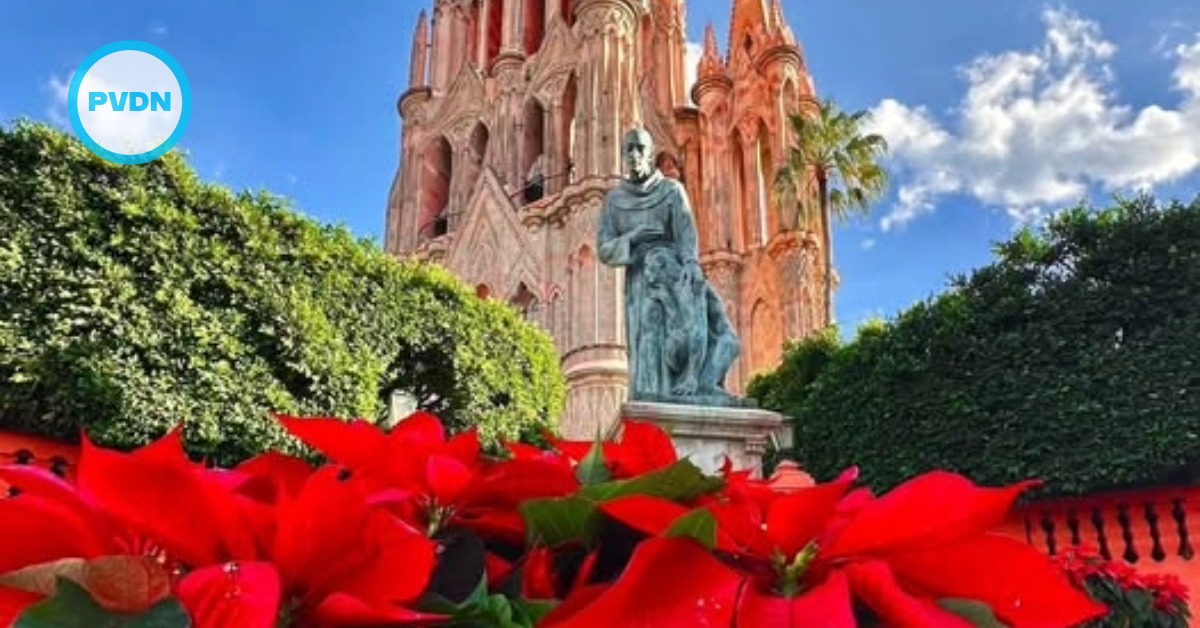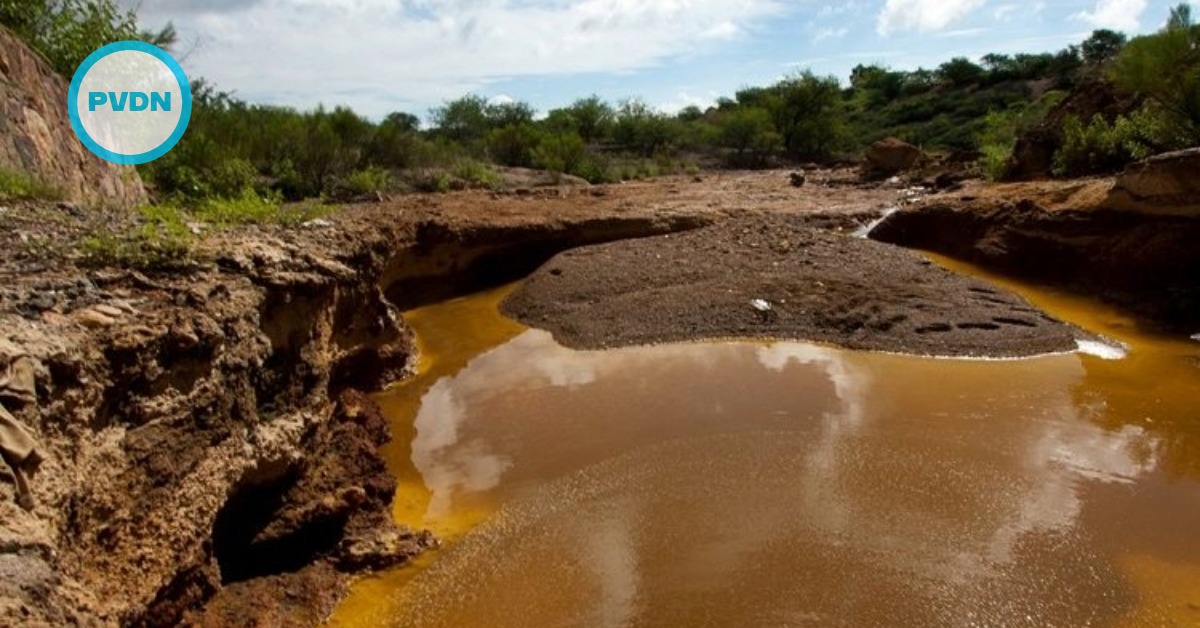President Andrés Manuel López Obrador has held the public policy of what he calls 'Hugs, not bullets' in his passive approach to organized crime, a policy that has failed, although the President still stands next to his love, not war, approach to organized crime, even after three days of narco-terrorism.
Mexico added three days of violence against civil society in Jalisco, Guanajuato, Chihuahua, and Baja California this week.
On Tuesday night, armed men set fire to 25 Oxxo stores, blocked streets, and sparked shootings in Jalisco and Guanajuato.
According to . . .






